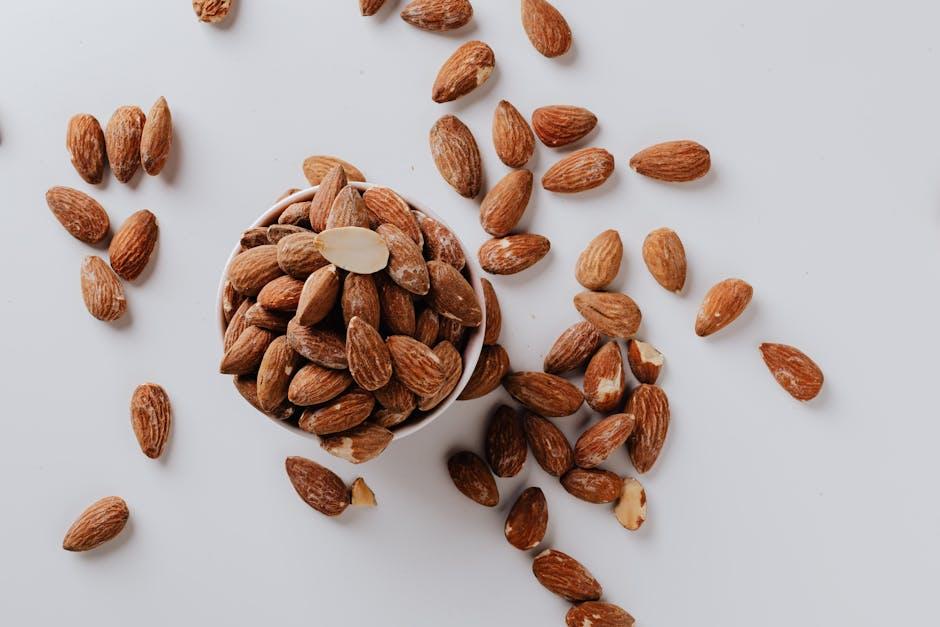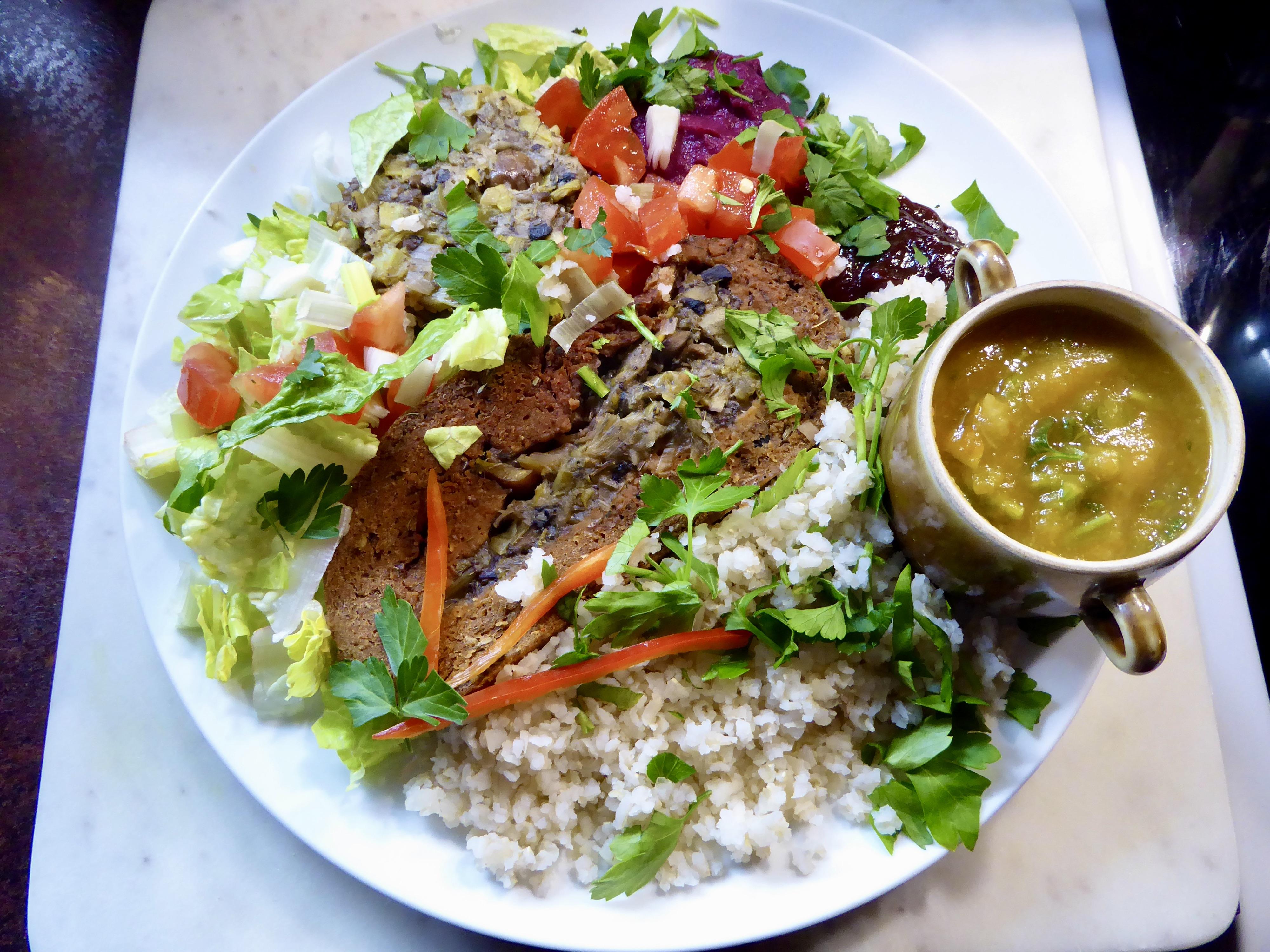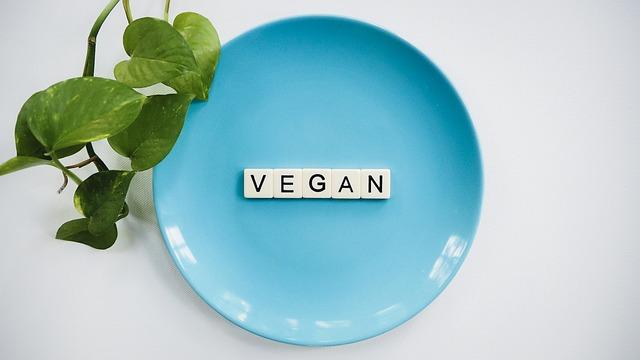In the vibrant tapestry of modern nutrition, the quest for a balanced diet often leads us to explore the colorful world of plant-based proteins. As more individuals embrace plant-forward eating habits, the art of combining these proteins to achieve complete nutrition becomes both a culinary adventure and a nutritional imperative. This journey takes us beyond the confines of traditional meat-centric meals, inviting us to discover an array of flavors and textures that not only satisfy the palate but also nourish the body. Join us as we delve into the science and creativity behind crafting meals that are as wholesome as they are delightful, unlocking the secrets to achieving a balanced diet through the harmonious blend of plant-based proteins.
Balancing Amino Acids for Optimal Health
Achieving a balanced intake of amino acids is crucial for maintaining optimal health, especially when following a plant-based diet. Unlike animal proteins, which are complete sources of amino acids, plant proteins often require a bit of culinary creativity to ensure all essential amino acids are consumed. Fortunately, combining different plant-based foods can create a symphony of nutrients. Here are some effective combinations:
- Rice and Beans: A classic duo that provides all the essential amino acids your body needs.
- Hummus and Whole Wheat Pita: Chickpeas and whole grains together form a protein-rich, complete meal.
- Peanut Butter on Whole Grain Bread: This childhood favorite is not just delicious but also a nutritional powerhouse.
By mindfully pairing these foods, you can enjoy a diverse and balanced diet that supports your health without compromising on flavor or nutritional value. Remember, variety is key, and exploring different combinations can lead to delightful culinary discoveries while keeping your amino acid intake in check.

Harnessing the Power of Legume and Grain Pairings
Discovering the synergy between legumes and grains can transform your plant-based diet into a nutritional powerhouse. When these foods are combined, they create a complete protein profile, offering all essential amino acids that the body requires. The key is to balance these elements in your meals, unlocking a spectrum of flavors and textures while boosting nutritional value.
To craft delicious and nutritious meals, consider these inspired pairings:
- Rice and Beans: A classic duo, whether it’s black beans with brown rice or lentils with basmati, this combination is both hearty and satisfying.
- Quinoa and Chickpeas: Elevate your salads with this protein-packed pair, seasoned with herbs and a dash of lemon for a zesty twist.
- Barley and Peas: Perfect for soups and stews, this pair offers a comforting base that can be enriched with seasonal vegetables.
- Oats and Soy: Whether in a savory porridge or a creamy smoothie, this combination ensures a nourishing start to your day.
By thoughtfully pairing legumes and grains, you not only enhance the nutritional quality of your meals but also embrace the rich diversity of plant-based cuisine.

Exploring Nut and Seed Combinations for Protein Diversity
Discovering the right combinations of nuts and seeds can elevate your plant-based protein game, ensuring you receive a well-rounded nutritional profile. By blending different types, you can create a symphony of flavors and textures while achieving a more complete amino acid profile. Here are some winning combinations to consider:
- Almonds and Pumpkin Seeds: Almonds are rich in vitamin E and magnesium, while pumpkin seeds offer a healthy dose of zinc and iron. Together, they provide a robust mix of essential amino acids.
- Walnuts and Chia Seeds: Walnuts are renowned for their omega-3 fatty acids, and chia seeds add a punch of fiber and calcium. This combination not only supports heart health but also aids in digestion.
- Cashews and Sunflower Seeds: Cashews bring a creamy texture and a boost of copper, while sunflower seeds contribute vitamin B6 and phosphorus, creating a delightful and nutritious snack.
Experimenting with these combinations can help ensure you’re not only enjoying diverse flavors but also obtaining the full spectrum of nutrients that plant-based proteins have to offer. With each blend, you’ll find a unique harmony that satisfies both your taste buds and nutritional needs.

Incorporating Soy and Quinoa for a Nutrient-Rich Diet
Discovering the symbiotic relationship between soy and quinoa can transform your meals into a powerhouse of nutrition. Both ingredients are celebrated for their high protein content and the essential amino acids they provide. Soy, derived from soybeans, is a versatile protein source that can be found in various forms like tofu, tempeh, and edamame. It is particularly rich in lysine, an amino acid that complements the lower lysine content in many grains.
On the other hand, quinoa is a gluten-free grain-like seed, renowned for its complete protein profile, meaning it contains all nine essential amino acids. To effectively incorporate these into your diet, consider the following ideas:
- Mix cooked quinoa with cubed tofu, fresh vegetables, and a splash of soy sauce for a refreshing salad.
- Prepare a hearty stew using tempeh, quinoa, and seasonal vegetables, seasoned with herbs and spices.
- Create a breakfast bowl with quinoa, soy milk, fruits, and a sprinkle of nuts for a nourishing start to your day.
By creatively combining soy and quinoa, you not only enhance the flavor and texture of your dishes but also ensure a balanced intake of essential nutrients.
